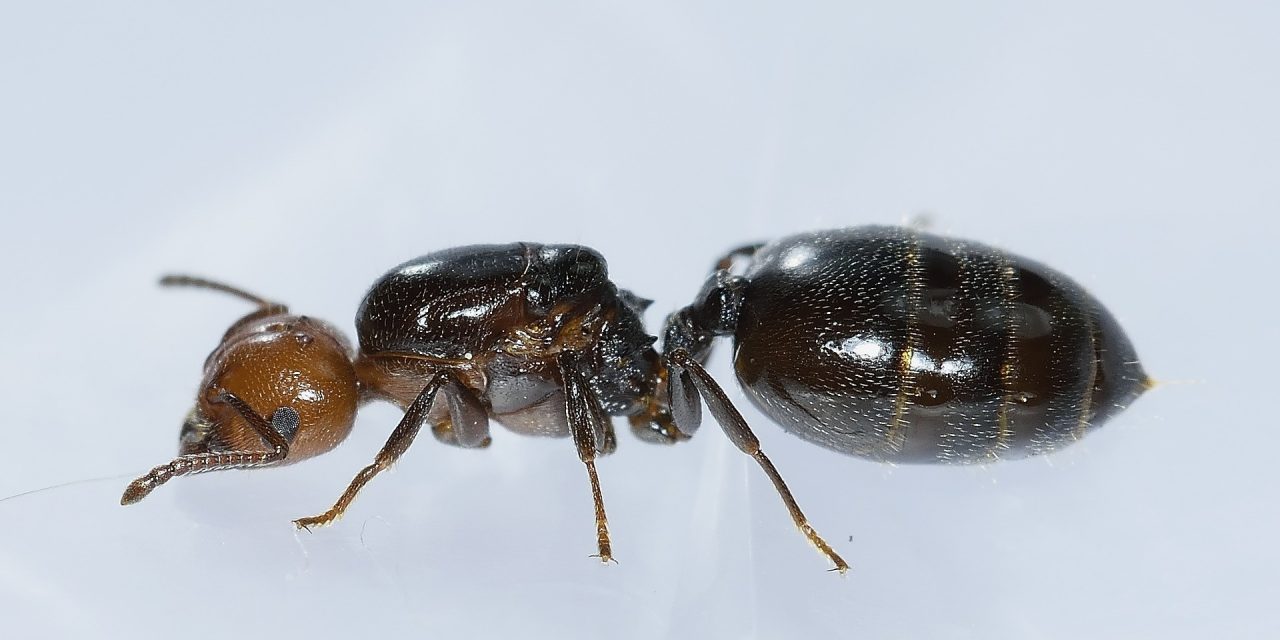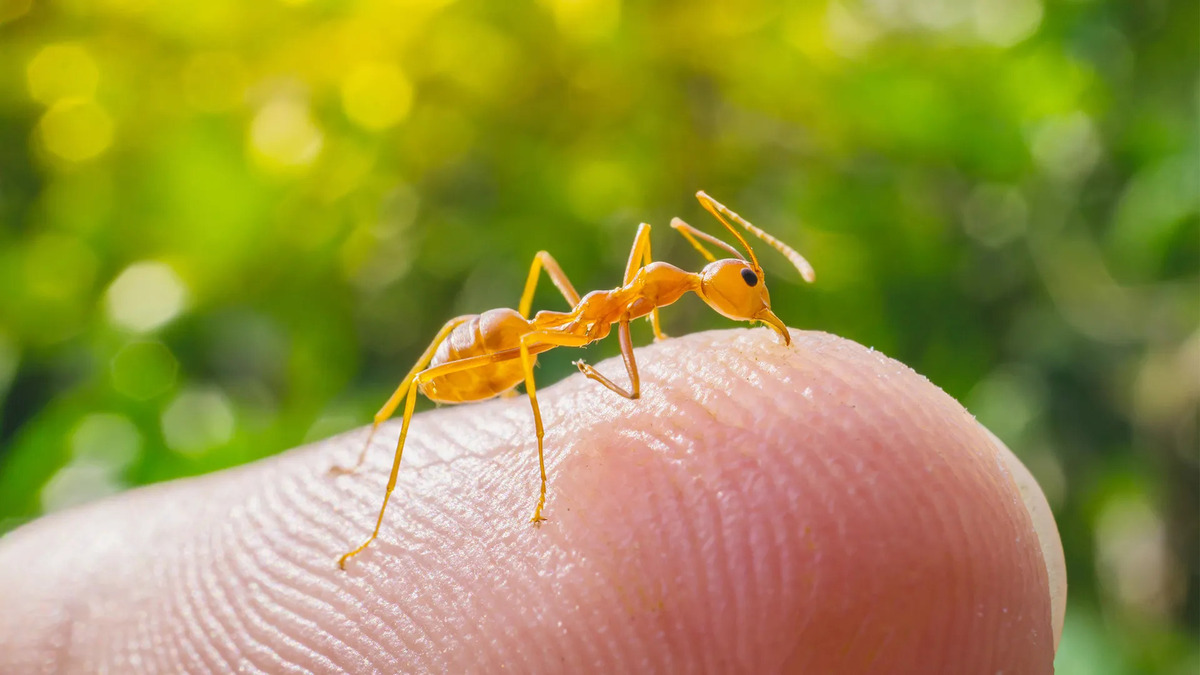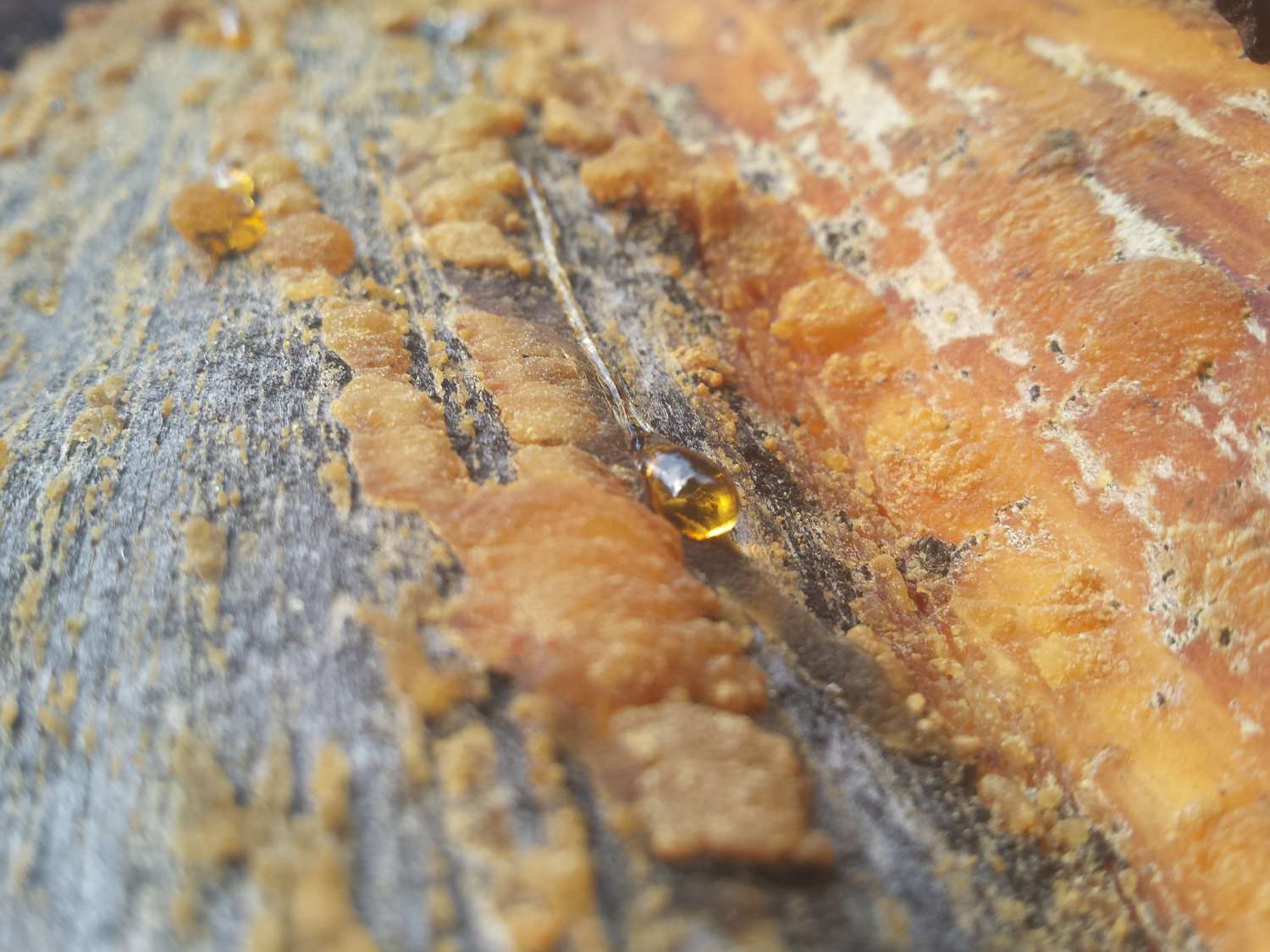Home>Gardening News and Trends>Latest News>What Stages Do Insects Have That Mammals DonT


Latest News
What Stages Do Insects Have That Mammals DonT
Published: December 7, 2023
Discover the fascinating world of insects and mammals. Uncover the unique stages of development in insects that set them apart from mammals. Stay updated with the latest news on insect and mammal discoveries.
(Many of the links in this article redirect to a specific reviewed product. Your purchase of these products through affiliate links helps to generate commission for Chicagolandgardening.com, at no extra cost. Learn more)
Table of Contents
Introduction
Insects and mammals are two distinct groups of animals that have evolved different life cycles. While mammals, including humans, go through a relatively straightforward development process from birth to adulthood, insects undergo a series of stages that mammals do not experience. Understanding these stages is crucial to appreciating the complexity and diversity of the insect world.
Unlike mammals, which give birth to live young, insects reproduce by laying eggs. This fundamental difference sets the stage for the unique developmental journey that insects undergo. From the moment the egg is laid, insects embark on a remarkable transformation that occurs through several distinct stages: egg development, larval development, pupal development, and the final adult stage.
By exploring these stages, we can gain insight into the extraordinary adaptations and survival strategies that insects have developed over millions of years. From their ability to inhabit almost every corner of the planet to their incredible diversity of forms and functions, insects are truly remarkable creatures that deserve our admiration and respect.
In this article, we will delve into the various stages of insect development, highlighting the key features and characteristics of each stage. We will also explore the significance of these stages in the life and evolution of insects, shedding light on the incredible world of these small yet intricate beings.
Stage 1: Egg Development
Egg development is the first stage in the life cycle of an insect. It begins when a female insect lays her eggs. The number and placement of eggs vary depending on the species, with some insects laying a single egg while others lay hundreds or even thousands.
During this stage, the eggs are carefully protected to ensure the survival of the offspring. The female insect may deposit the eggs on suitable vegetation, in crevices, or even in water, depending on the species. Some insects, like butterflies, attach their eggs to specific host plants, providing a food source for the emerging larvae.
Within the eggs, important biological processes are taking place. The embryo develops, and as it grows, it acquires the necessary nutrients from the yolk stored within the egg. This nutrient-rich environment allows the embryo to develop and prepare for the next stage of its life cycle.
The duration of the egg development stage varies greatly among insect species. In some cases, it can last only a few days, while in others, it may take several weeks or even months. Factors such as temperature, humidity, and availability of resources play a crucial role in determining the length of this stage.
It is important to note that while eggs are generally vulnerable to predators and environmental conditions, numerous strategies have evolved to increase their chances of survival. Some insects, for example, produce protective coatings or structures around their eggs, providing an additional layer of defense. Others may choose to deposit their eggs in concealed or inaccessible locations, reducing the risk of predation or exposure to harsh elements.
Ultimately, the egg development stage paves the way for the next phase of an insect’s life cycle. It represents a critical period where the survival and success of the species are dependent on the protection and viability of the eggs.
Stage 2: Larval Development
Larval development is the second stage in the life cycle of an insect, following the egg development stage. Once an insect hatches from its egg, it enters the larval stage, characterized by rapid growth and significant physical transformations.
Larvae, also known as caterpillars, grubs, or maggots depending on the insect species, have specialized structures and behaviors that allow them to thrive in their specific environments. They typically have elongated bodies and distinct body segments, often covered in tiny hairs or spines.
During this stage, larvae focus primarily on feeding and growing. They have voracious appetites and consume large quantities of food relative to their body size. This rapid consumption of nutrients fuels their growth and development. Larvae may feed on a variety of food sources, including plant matter, decaying organic material, or even other smaller insects.
Larvae are also equipped with unique adaptations to help them survive and avoid predation. Some larvae, such as those of butterflies and moths, have cryptic coloring or patterns that allow them to blend in with their surroundings, making it harder for predators to spot them. Others possess defensive mechanisms, such as stinging hairs or toxic secretions, to deter potential threats.
The duration of the larval stage varies widely among insect species. Some larvae go through a few molts, shedding their exoskeleton and growing larger each time, while others undergo a series of instars, where they have distinct stages between molts. The precise number of molts or instars depends on factors such as the insect species, environmental conditions, and available resources.
As the larva nears the end of this stage, it undergoes a process known as pupation, in which it transforms into its adult form. This remarkable transformation occurs within a structure called a pupa, where the larva’s body undergoes a complete reorganization. This transition sets the stage for the next phase of the insect’s life cycle.
Through the larval stage, insects undergo incredible growth and development, facilitated by their unique feeding mechanisms and behaviors. It is a crucial period that allows them to acquire the necessary resources and energy to reach maturity. The larval stage sets the foundation for the upcoming transformation into adulthood, where insects will take on entirely new roles and responsibilities.
Stage 3: Pupal Development
Pupal development is a crucial stage in the life cycle of an insect, following the larval stage. Once a larva has completed its growth and feeding, it undergoes a remarkable transformation within a protective structure called a pupa.
During pupal development, the insect’s body undergoes a complete reorganization known as metamorphosis. Inside the pupa, the larval tissues and organs are broken down, and a completely new adult body form is constructed. This process is controlled by intricate hormonal and genetic pathways that orchestrate the development of adult structures and reshape the entire body.
Not all insects undergo the same type of pupal development. There are two primary forms: complete metamorphosis and incomplete metamorphosis. In insects with complete metamorphosis, such as butterflies and beetles, the pupal stage is distinct and separate from the larval and adult stages. In contrast, insects with incomplete metamorphosis, such as grasshoppers and dragonflies, have nymphs that resemble miniature versions of adults and undergo gradual changes until reaching maturity.
The pupal stage is a period of relative inactivity, as the insect’s body undergoes profound transformations. However, complex processes are occurring within the pupa as tissues and organs continue to develop and differentiate. The pupa serves as a protective structure, shielding the developing adult from external threats and providing a stable environment for growth.
The duration of the pupal stage varies greatly among species, ranging from a few days to several months, depending on factors such as temperature, availability of resources, and specific adaptations of the insect. Some insects pupate underground, while others choose sheltered locations on plants or within cocoons.
It’s important to note that while the pupal stage may appear dormant from the outside, significant changes are taking place within. The transformation from a larva to an adult is a complex process that involves restructuring tissues, developing wings, and forming reproductive organs. This metamorphosis allows insects to acquire the characteristics and abilities necessary for their adult life stage.
The pupal development stage marks a critical turning point in the life cycle of an insect. It is a period of profound change, where the insect’s body undergoes reorganization and prepares for the final stage of its life cycle: adulthood.
Stage 4: Adult Stage and Reproduction
The adult stage is the final stage in the life cycle of an insect, following the completion of pupal development. This is the stage where the insect reaches sexual maturity and is capable of reproduction.
Adult insects have distinctive features that differentiate them from their immature stages. They have fully developed wings, specialized mouthparts, and reproductive organs. The primary goal of adult insects is to reproduce and ensure the survival of their species.
Once an insect emerges from its pupal stage, it enters the adult stage. This transition is marked by the hardening of the exoskeleton, allowing the insect to actively move, fly, and search for mates. Adult insects have diverse feeding habits and can be herbivorous, carnivorous, or omnivorous, depending on their species.
Reproduction is a fundamental aspect of the adult stage, and the methods and behaviors vary greatly among different insect species. Some insects engage in courtship rituals, where males display elaborate behaviors or produce pheromones to attract females. Others may engage in aerial acrobatics or engage in territorial battles to win mating opportunities.
After successful mating, the female insect typically lays eggs, starting the life cycle anew. The number and placement of eggs vary greatly among species, with some insects producing large clutch sizes while others lay a few eggs at a time. The adult stage often represents the culmination of an insect’s life cycle, as the focus shifts from individual growth to the continuation of the species.
It’s worth noting that the adult stage can vary in duration, with some insects living for only a few days or weeks, while others may have a lifespan of several months or even years. Factors such as the insect species, environmental conditions, and available resources influence the length of the adult stage.
The adult stage also allows insects to contribute to ecological processes, such as pollination, seed dispersal, and decomposition. Insects play crucial roles in maintaining the balance of ecosystems and supporting the overall health of the environment.
The adult stage is a critical phase in an insect’s life cycle, marked by maturity, reproduction, and the continuation of the species. It represents the pinnacle of their development and the fulfillment of their biological purpose.
Conclusion
The life cycle of insects is a fascinating and diverse process, marked by distinct stages that set them apart from mammals. From egg development to larval growth, pupal transformation, and the emergence of the adult form, insects undergo remarkable changes that enable their survival and reproduction.
Each stage of the insect life cycle serves a specific purpose and is influenced by various factors, including environmental conditions, available resources, and evolutionary adaptations. The intricacies of their development reflect the incredible resilience and adaptability that allow insects to thrive in nearly every ecosystem on Earth.
By understanding the stages of insect development, we gain a deeper appreciation for the complexity and diversity of the insect world. From the tiny eggs carefully laid in hidden spots to the voracious feeding of larvae, the transformative pupal stage, and the reproductive and ecological roles of adults, insects showcase the wonders of nature’s ingenuity.
The study of insect life cycles not only contributes to our scientific knowledge but also provides valuable insights into ecosystems, agriculture, and pest management. Understanding the intricacies of each stage allows us to make informed decisions that promote the coexistence and conservation of insect populations.
As we marvel at the incredible adaptability and resilience of insects, let us remember the vital role they play in maintaining the balance of ecosystems and supporting the web of life on our planet. The unique life cycle of insects is a testament to the remarkable diversity of life and the interconnectedness of all living beings in our natural world.





